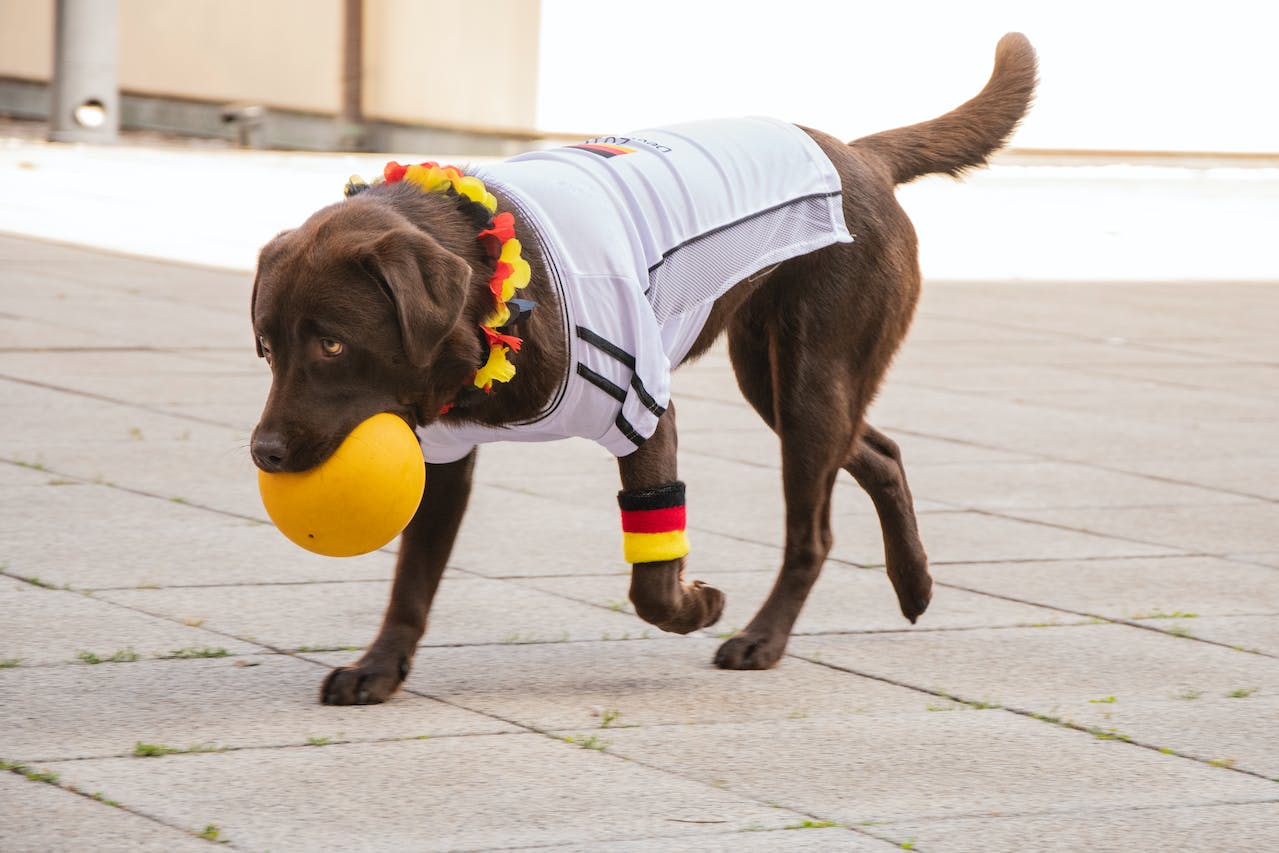How to stop my Dog from Being Aggressive
As a dog owner, I’ve faced my fair share of challenges. One of the toughest? Dealing with an aggressive Labrador. It’s a common problem many pet owners face, but don’t worry, it’s not an insurmountable one.
In this article, we’ll explore effective strategies to curb your Lab’s aggressive behavior. I’ll share insights from my experience and tips from experts to help you manage your dog’s aggression.
Remember, understanding your Lab’s behavior is the first step in managing it. So, let’s dive in and learn how to stop your dog from being an aggressive Labrador.
Understanding Labrador Aggression
Grappling with an aggressive Labrador can be a daunting task. It’s paramount to remember that understanding the cause of aggression is integral to managing it effectively. Let’s dive into the common reasons for aggression and the signs that indicate such behavior in a Labrador.
Common Reasons for Aggression in Labradors
One will find that there are multiple reasons a Labrador might show aggression. The key is to track down the reason behind such behavior to handle it properly.
- Fear or Anxiety: Often, aggression is a fear-based response. When a dog feels threatened, it might react aggressively in self-defense.
- Territorial Behavior: Labradors are known to display aggression when they perceive a threat to their territory.
- Pain or Illness: A dog in pain or suffering from illness may display aggression. Frequent vet check-ups can help identify any hidden health issues.
Signs of Aggression in Labradors
Now that we’ve explored potential roots of aggression, let’s identify the signs. Aggression does not always manifest in physical attack; there are several signs that might signal a need for attention.
- Growling or Snapping: If the dog starts growling or snapping unprovoked, it’s a clear sign of aggression.
- Body Language: An aggressive dog might show signs like stiffening of the body, raised fur, baring teeth, pricked ears, and a pointed tail.
- Avoidance or Escape Behavior: A Labrador displaying avoidance or escape behavior is often a sign of unease.
Being able to address your dog’s aggression requires first understanding the reasons behind it and recognizing the signs of its manifestation. Armed with this knowledge, you’ll be ready to implement effective solutions in your pursuit to stop your dog from being aggressive. Up next, we will discuss various strategies to manage aggression in Labradors, so stay tuned for more.
Training Techniques to Prevent Aggression
We’ve explored the why and the what of aggression in Labradors. Now it’s time to dive into the how – how to curb that aggression and foster a peaceful environment. The strategies I’ll be sharing in the upcoming section will help you manage your Labrador’s aggression effectively. We’ll delve into techniques that address fear, anxiety, territorial behavior, and pain-related aggression. Remember, understanding your dog is the first step. The next is implementing the right training techniques. Stay tuned for the next part where we’ll unravel these strategies together. Your journey towards a calmer, happier Labrador begins now. Don’t miss it!
